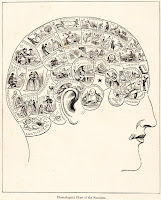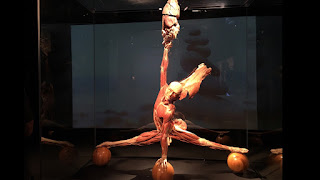Event Blog #3

Event Blog #3 For my final event, I went to the J. Paul Getty Museum. I have been here a few times in the past, and each time I make the visit I’m amazed. The museum itself is a work of art, with beautiful white stone making up all the buildings and impeccably manicured landscaping. There are several water features and an amazing view of LA as well. It’s a great spot for a picnic. Stained Glass As I said, the museum itself is a work of art, and the experience really begins before you even enter the building complex — it starts with a tram. After parking, you’re loaded into a tram that acts as transport to the museum. But it’s much more than that. The tram provides a great view of Los Angeles and helps to build anticipation for your visit. It also acts as a wonderful example of how architecture can merge the two worlds of art and science. King Louis XIV Once inside, I went to the exhibition featuring European art. While examining the intricate stained glass displ





